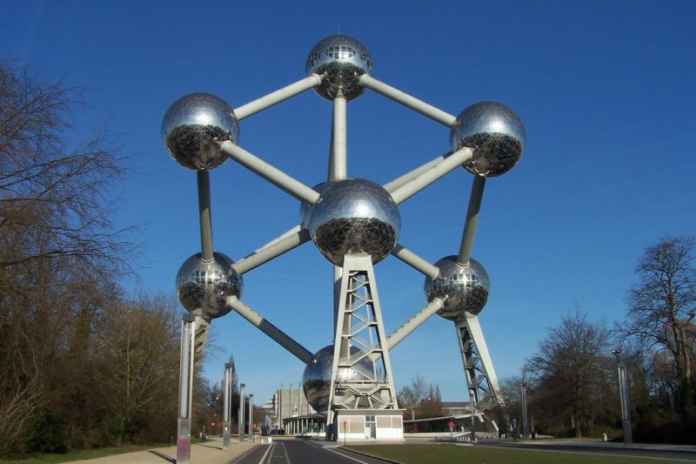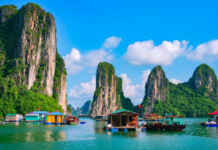Historical sources suggest that the name Brussels was derived from the Old Dutch word Broekzele or Broeksel, where‘broek’ means marsh and ‘zele’ which means home. Thus the name Brussels translates into “home in the marsh”. The capital city of Belgium, Brussels started as a fortress, developed into a market square and since the end of the Second World War, Brussels has been a major centre for international politics. In fact, Brussels is also the de facto capital of the European Union. The first recorded reference to the place was made in 695 by Saint Vindicianus, the bishop of Cambrai. Today, Brussels is a classic European city with small town charm and cosmopolitan attractions.
Languages Spoken
Brussels is essentially a bilingual city where both French and Dutch are official languages. Thus all the streets have two names. Historically speaking, Dutch-speaking Brussels became more French-speaking during the 19th and 20th centuries.
Climate
As far as the weather is concerned, Brussels does not exactly enjoy a very pleasant climate.In the summer, the average daily maximum temperatures can go upto 22ºC (72ºF). Also, the summer visitor should be prepared for rain in Brussels. It is only after October that temperatures drop off and quite rapidly leading to the winter months which are damp and chilly. The dampness makes the weather feel much colder than it is. Snowfall is rare, and starts to melts fairly quickly, becoming slush on the ground.
How To Reach
The best way to access Brussels is by taking a flight to Brussels Airport. It is well connected with international flights. Tourists also have the option of using the bus to reach Brussels. Brussels is served by three main train stations: Midi-Zuid, Central-Centraal, and Nord-Noord.
Places To See
- Belgian Comic Strip Centre: This is relatively unknown but Brussels is known for its comic history. In fact, comic strip murals are displayed on walls all across the city. The Belgian Comic Strip Centre is an entire museum dedicated to comic art. It is housed in the Waucquez Warehouse and has been designed by Art Nouveau architect, Victor Horta. This museum is home to over 5000 original drawings and an entire section to TinTin. Visitors are taken on the journey a comic strip artist here, right from concept to shop.
- Grand Place: Originally built in the 13th century, Grand Place is one of the most celebrated attractions of Brussels. Listed as a UNESCO World Heritage Site, it is Europe’s most beautiful medieval square lined with guild housesand is Brussels’ main market square. There is a daily flower market between March and October here.
- Manneken-Pis: Close to the Grand Palace is the chubby-cheeked Manneken-Pis, a major character in the folklore of Brussels is only 60cm high, he was designed by Jerome Duquesnoy. Probably Brussels’ most photographed statue, the structure is essentially of a small fountain piece where the water emerges from a tiny metal penis that the boys points at the viewer.
- Basilica of the Sacred Heart: Located in the Koekelberg municipality of Brussels, Basilica of The Sacred Heart is the fifth largest church in the world. It was King Leopold who commissioned its construction in 1902. Its design is modelled on the Sacré-Coeur in Paris. However, this church is made of concrete, sandstone and red-brick, unlike the original.
- Heysel Park: Located in the western part of Brussels, Heysel Park is meant for recreation and leisure. One of the highlights of the park is the Atomium, which is a 102 metrehigh model of an atom made out of chrome and steel designed by André Waterkeyn.
While Brussels might not be on your usual travel destination lists, that doesn’t mean that the region is any less in comparison to other countries. Brussels is unique in its own right and is waiting to be explored.













